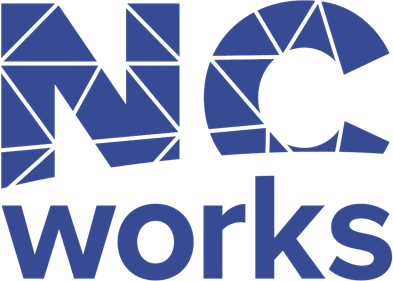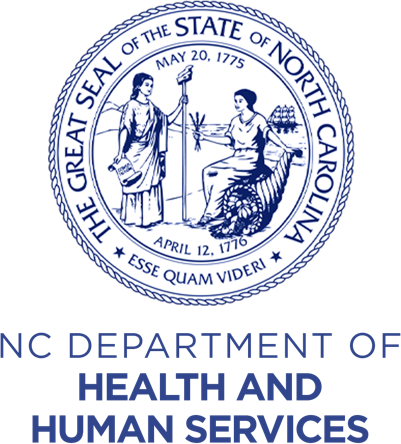Putting together an application or resume |  |  |
After you have identified jobs that align with your interests and skills, you will need to express interest in the position. To do this, most jobs will require you either complete an application or submit a resume with a cover letter.
Resumes
Whether a job requires an application to be completed or not, it is always in your best interest to have an updated resume on hand. A resume is a the ‘story of you’ as far as your job search is concerned. A resume is often the first opportunity to make a good impression to employers and others who can assist in a job search. On it you can present your skills, experience as well as other qualities and traits that can prove you are a good match for the job you are pursuing.
During a job search, you should always have paper copies as well as an electronic version of your resume accessible to you – you never know when you could have an opportunity to network. Characteristics of a good resume include:
- Be clear, concise & concrete in describing your skills and experience using strong words that demonstrate your skills.
- Use standard fonts like Times New Roman, Future Palatino or Century
- Use an 11- or 12-point font size, but don’t use effects like Italics, underlining or shadowing
- Use key words to define your skills, experience, education & professional affiliations
- In most cases, it is best to only include the last 10 years of your work experience, unless you feel that the older work history is an exact match for the job you are applying.
- Have your complete work history on hand if more information is requested.
- Don’t get fancy, stick to black ink on white paper. If you are applying for a position with a creative business – a marketing or advertising firm, for example – using a single color might be appropriate for emphasis
- Don’t use vertical and horizontal lines, graphics, shading or boxes
The average employer spends no more than 30 seconds scanning your resume, so be sure to put the most important information at the top and visible.
Types of Resumes
A Chronological Resume emphasizes work experience, many employers prefer this style because it enables them to quickly match your prior work experience to their immediate needs. Recent grads can show part-time, co-op and summer employment as relevant work experience.
Creating a Chronological Resume:
- Begin with a ‘career objective’ to reflect your strengths and skills without limiting your options
- Create a ‘Summary of Qualifications’ statement made up of three to four sentences about who you are, your experience and your credentials
- With ‘Work Experience,’ start with your most recent position and work backwards in time. Give the name of the company, city, state, job title, major duties and accomplishments
- Keeping your job objective in mind, emphasize the duties and accomplishments that highlight the strength the employer desires
- Use action verbs to begin each phrase
- Use bulleted lists for easier reading and to highlight each separate activity or achievement
- Put recently earned relevant diploma/degree at the top of the resume. Otherwise, education should go at the bottom.
- A one-page document is preferred, but a second page can be used if necessary.
- Proofread for grammar, spelling, clarity and conciseness. Use spell check.
A Functional Resume – also known as skill-based – is arranged so that a reader can assess what you have to offer in quick time. Job seekers who have gaps in their work history, are re-entering the workforce, have frequently changed jobs throughout their career or ones that are transitioning to new careers should consider using a functional resume.
Important features of this type of resume include:
- Include multiple skills sections and bulleted content that show competencies and proficiencies including key academic achievements, list of both paid and volunteer positions previously held, interested, GPA. Be sure to provide detailed information but don’t embellish too much.
- Do not include job title, company name, location and dates of employment. If you do want to include, it should be included at the bottom of the document.
An Electronic Version is also very important to maintain. Many employers use electronic scanning software that looks specifically for keywords to pick out resumes to pass along to the hiring manager. There are several things you can do to make your resume stand out to electronic scanning software:
- Use labels or keywords like what was used in the job posting. They are the essential qualifications required to do the job.
- Put the most important keywords at the top of the resume. The software may have a limit to the items it will scan, and items at the top of the document are more likely to be reviewed and picked up.
- Put your name first and include contact information on a separate line.
- Keep the design simple. Use white space, scanning software can more easily read documents with more white space.
- Use minimal design elements and highlight areas with asterisks (*) and use capital letters instead of underlining.
- When using bullets, be sure to put a space between the bullet and the first word to make it easier for the scanning software.
- Only use abbreviations that are more common, BA (for Bachelor of Arts) is one example of a common abbreviation.
- Use common language, industry jargon may not be recognized by computers.
Another advantage of an electronic version of a resume is that it can be easily emailed to interested employers. When forwarding a resume via email, be sure to put something in the subject line. It can be something as simple as the job title, but he sure to use any job numbers listed in an advertisement, if available.
Completing a Job Application
Many companies require job applications be completed – in place of or in addition to a resume – to ensure that all the necessary information is gathered. Also having all the information for multiple candidates in the same format allows an easier and quicker method of comparing/contrasting candidates.
Completing an application can be time consuming but being prepared and having access to all the important information will make it easier. Having a copy of your resume to refer to will allow you to transfer much of the information such as your work history and job description onto the application. You should provide information for the past ten years of work history on any application you complete. Any times for when you were not employed should be explained, examples of how to explain include: continued education, providing care for family members, self-employment, travel, etc.
Information normally required on a job application:
· Driver’s license number
· Social Security Number
· Work history
o Employer Names
o Employer Addresses
o Employer Phone Numbers
o Supervisor Contacts
· School / training experience
· Club and/or Organization Memberships (include any leadership roles/committees)
· Military record (Form DD-214), if applicable
· References (at least three)
Tips for Completing Applications:
- Have three professional looking copies of your resume
- Take the application home to complete, if allowed
- Follow directions, read over all questions first and answer as completely as possible
- Print of type neatly, use black ink
- Be specific about the position you are applying for, in the box asking for position desired, don’t write open or leave blank
- Print ‘N/A’ (not applicable) on questions that do not apply to you
- Proofread for spelling and grammar errors
- If you find that you have made several errors, ask for another application
- Be sure to sign and date the application
